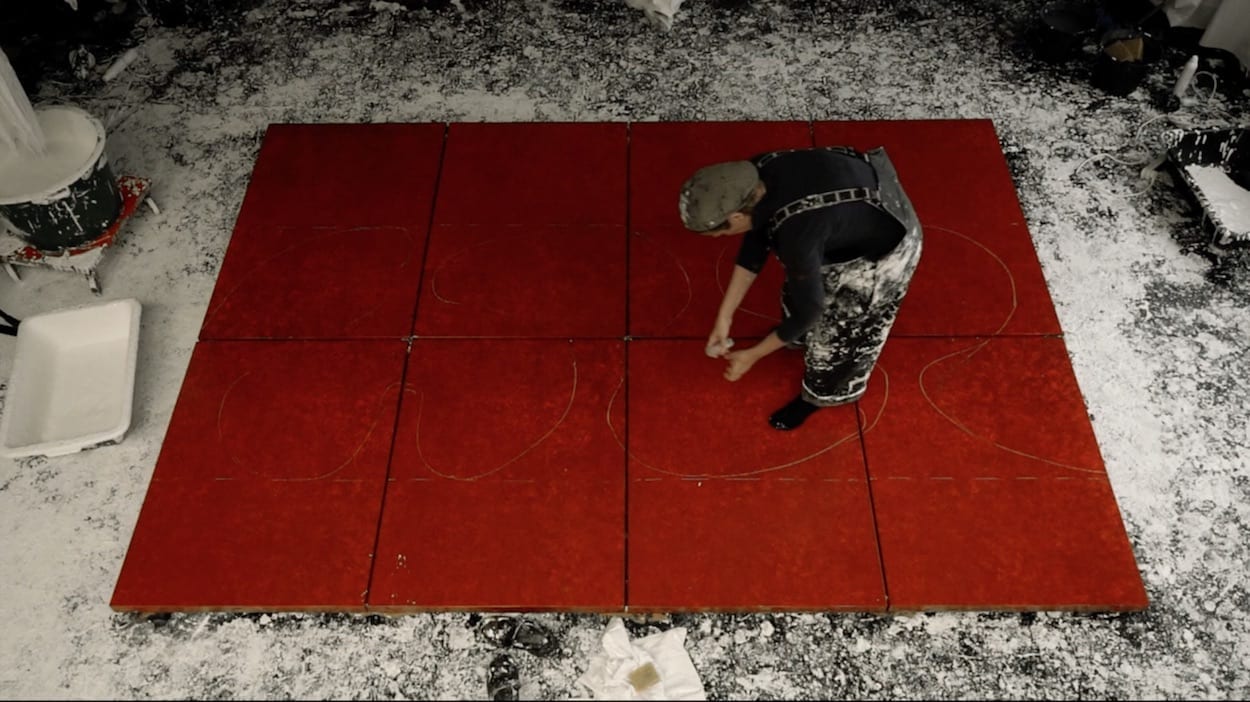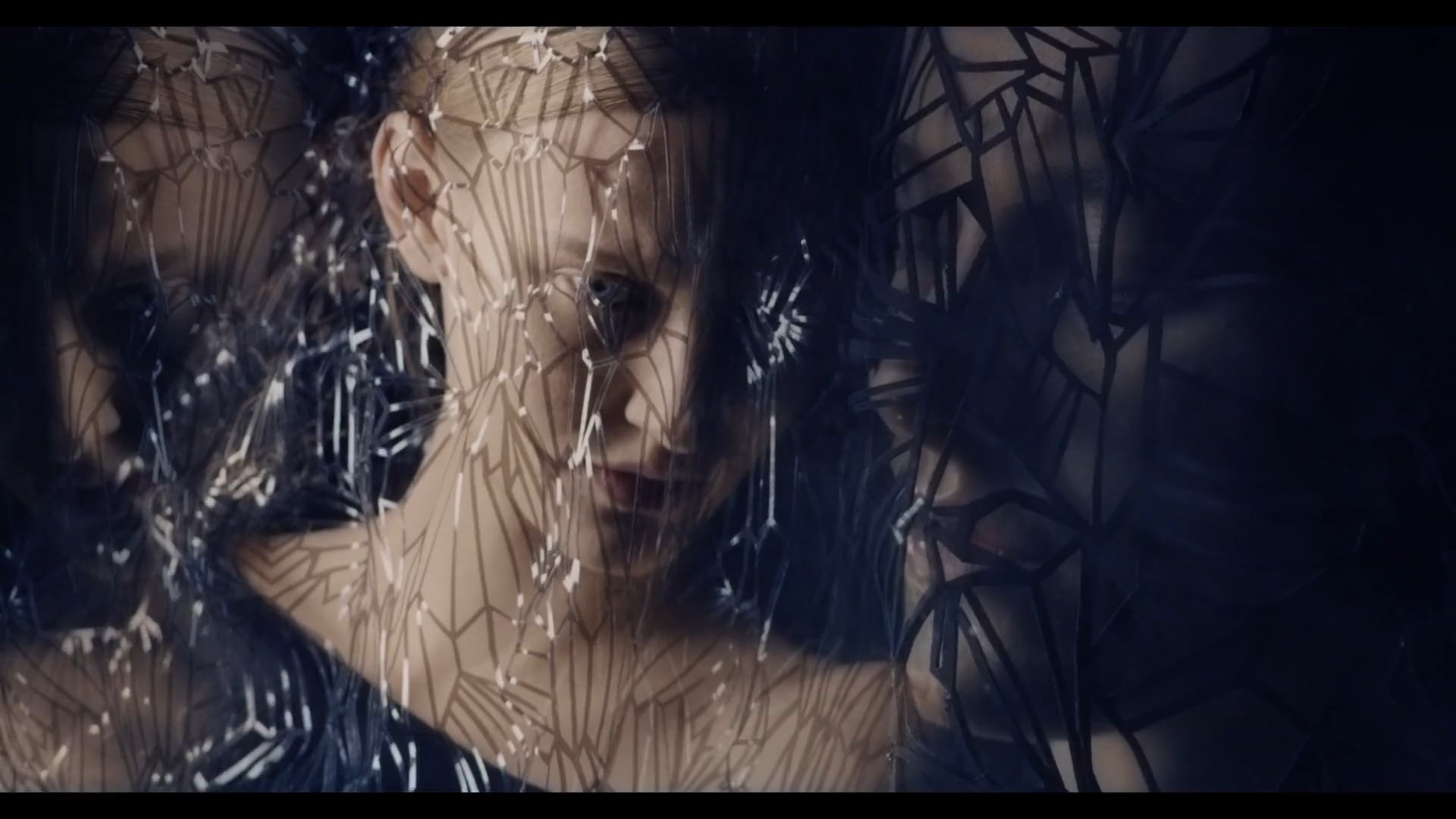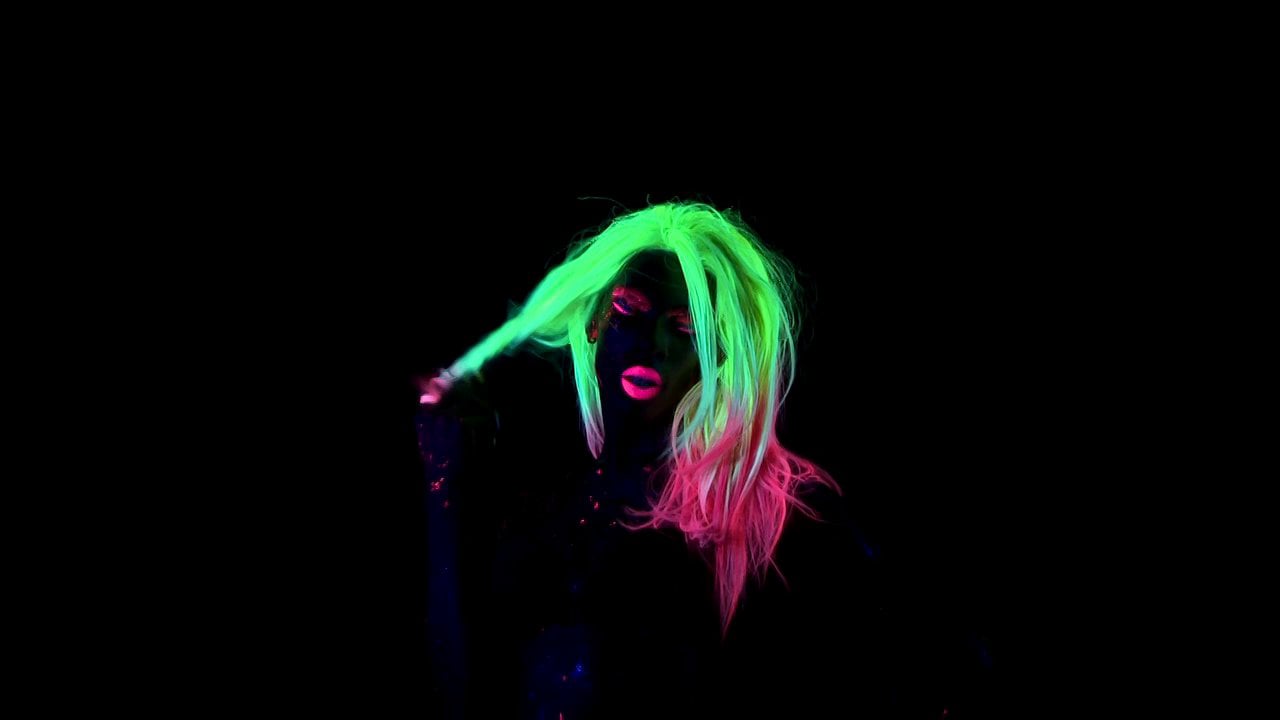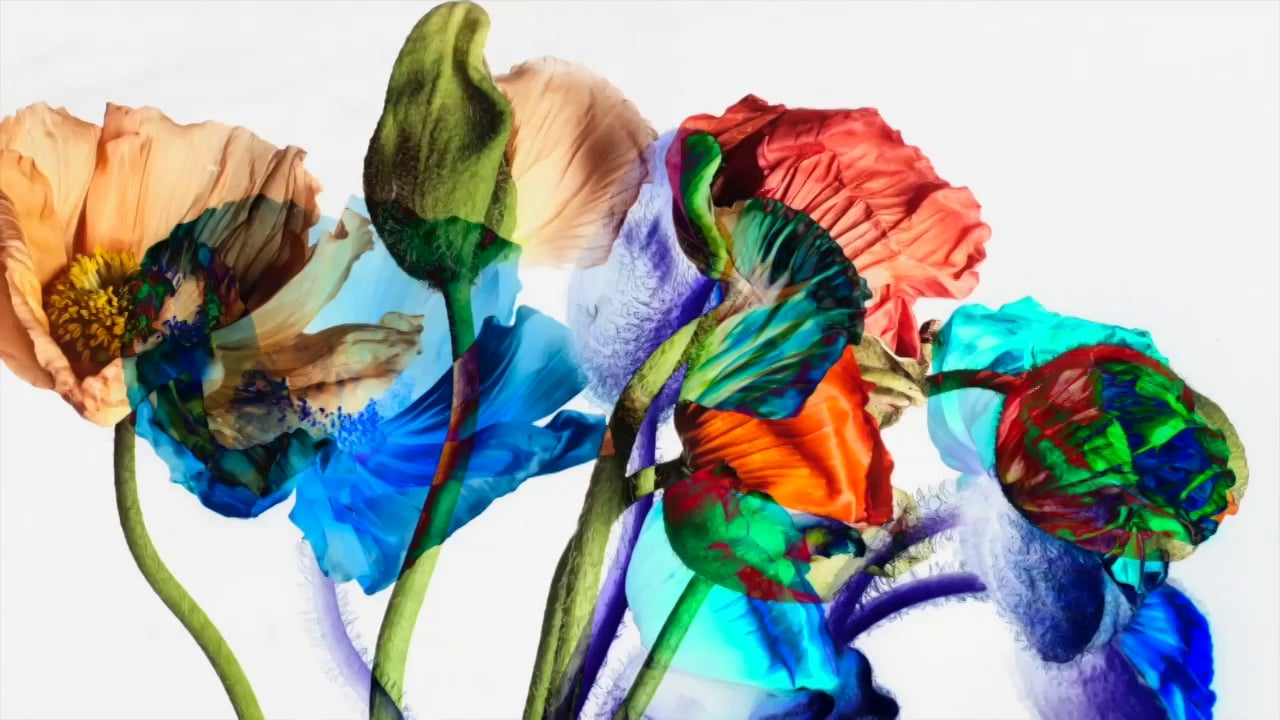We came across your work while idly researching the artist Fabienne Verdier and were struck by the distinctive direction of your film Pneuma, commissioned by Shiseido. You totally encapsulate the essence of the artist with your use of camera movement, editing and sound, coming to the conclusion that you must be an artist yourself. Is this so?
This film was commissioned by Fabienne and Ghislain, her husband and soulmate, so they could keep things free. Fabienne and I are long-time friends and confidants. Fabienne has both the strength and fragility of an artist. We can have an exchange between that is so different but at the same time so close. This is the reason for this film. She knew that our two forms of expression could mingle with each other without jostling each other and that I could disappear. So I tucked myself in the studio like a kind of “controlled tiger”. I am a photographer and I try to see what’s “beyond”, is that what it is to be an artist?
Please tell us about your background and key moments that inspired you to make films?
After finishing my studies in visual arts at the L’Académie Charpentier in Paris I was an artistic director at large agencies for ten years. I became associated with the work of my husband, the late photographer Franck Dieleman who passed away seven years go, through doing artistic direction, set design, post-production and the design of images.
After his departure, I took up the torch. Photography came to me and, despite myself, film as well. It was my clients and friends who encouraged me to take these paths. My instinct is my weapon.
Please tell us how the film Pneuma came about and how it evolved. Did you have a clear vision of how you wanted to make the film and did it change much during the production?
This film came about naturally. Fabienne had wanted to entrust me with something for a long time. I think she felt I was ready. She almost compelled me to do it. She wanted something that freely expressed the creation of this work for Shiseido. I decided to explore her uncertainty and the brush work itself. The edit evolved a little. The imagery of the tools and the place are as such to avoid a kind of instructional discourse. I needed to make it that way so we could feel the essence of her stroke.
The use of sound and music is very distinctive in your films – do you collaborate closely with a regular sound team and musicians?
Yes, I work with a couple of friends, who like me, like to investigate.
Your films, though there are a few, are all very different from each other – from your portrayal of Verdier to the crazily vibrant Charlie Le Mindu to the dreamy elements of your pieces For Visionaries.
It’s the subject that is different. The essential thing for me is to express a sensation, that’s the common thread of my work.
So far, the films I have been given have always left a place for my imagination, but I sketch out a path. Occasionally, as in the case of perfume films for Gucci, I make a mood board. It was different for Fabienne’s film. The brush stroke is very transient. I just followed my instinct. It’s the mashup, and the choices in editing scenes that allowed me to create a feeling.
Would you like to direct more movies – and if so what kind in particular?
Oh yes!!! It is an amazing and new journey for me.
I care about this medium, it’s sensations that interest me.
Does your photographic work follow the same creative process?
Absolutely. I am more concerned with the light and concept in my photos. I have a better command of my tools and can do more on my own in absolute freedom.
Are you experimenting all the time technically – such as pushing colors, playing around with lenses and filters? Do you visualize the layers of some of your photography from the outset?
Yes, I always try. In photography the new tools are wonderful and I happily play around developing the beauty of an image. Knowing Photoshop for more than twenty years, I go directly into the software from my shoots.
What is your favorite camera and kit for your stills?
I only work in digital. Hasselblad for portraits and beauty because of its softness is close to silver film. Phase One for my works in still life, for its precision and definition. And I have always had a wonderful small reflex camera on me for landscapes and my immediate surroundings.
Are you Paris born and bred?
I was born in Tunisia, where I lived only one year and was raised in Paris.
I have my studio (my refuge) in Paris where I live and yes I have worked in many countries in Europe over the course of productions. I am also starting to have a lot of affection for outdoor photos.
Anything else you’d like to add?
The world of images is a world of constant turns, exponential, dizzying, and revolutionary. The new tools and social networks allow for easy visual communication. New talents and new expressions are emerging. To be continued, very soon.
LINKS

















